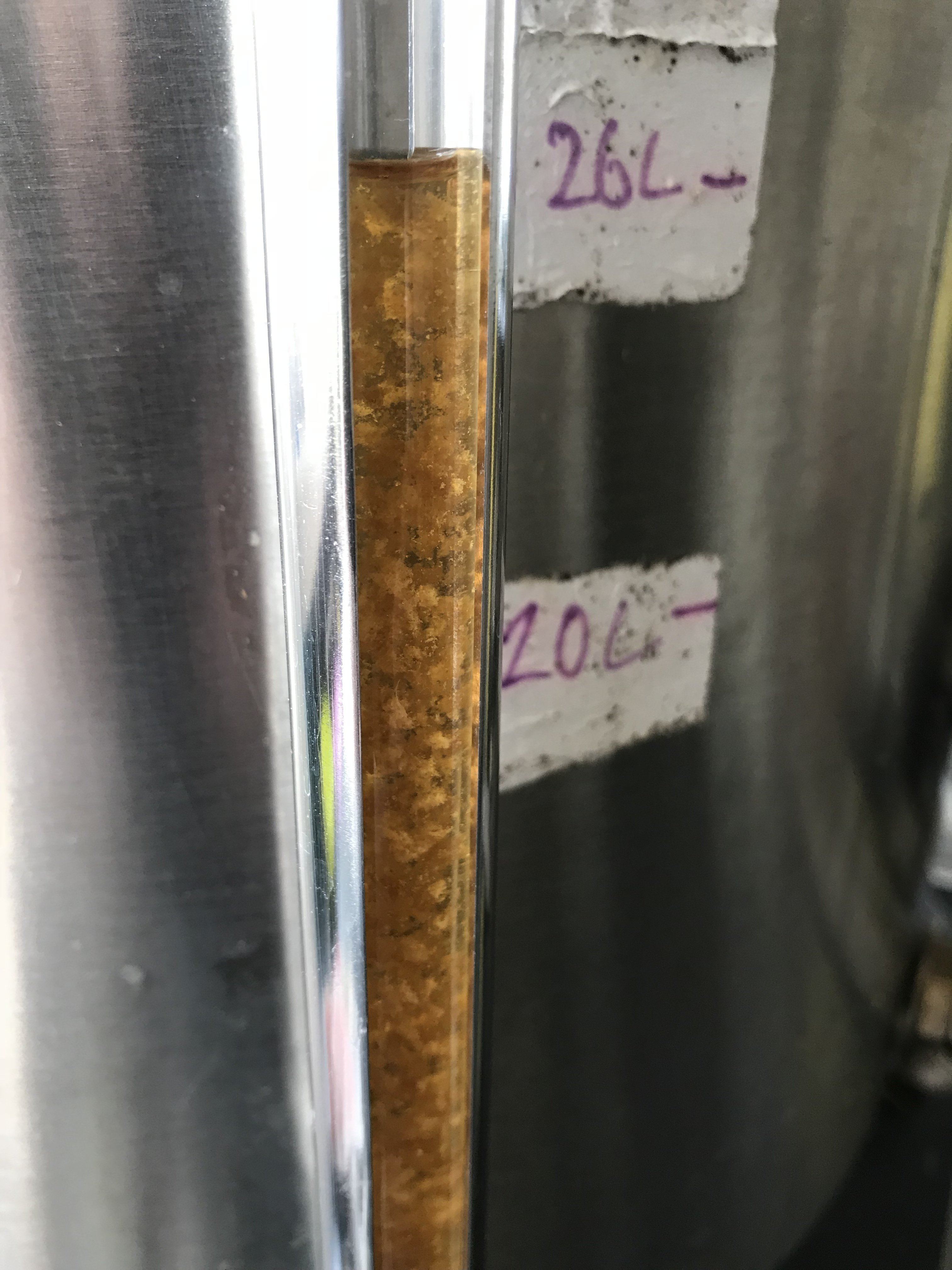I was brewing a Hefeweizen yesterday and noticed my pre-boil gravity was way low (1.029 actual vs. 1.040 target, volume was pretty spot on). I wasn’t completely surprised by this, because I was lazy and let my LHBS crush my grain instead of doing it myself. I bumped up my boil vigor to hopefully drive up the gravity a bit, and I ended up with an OG of 1.040 vs 1.050 target. I plan to call it a lite hefe and just not worry about it.
It made me wonder though: what do you guys do when you notice your gravity is off by that much? I suppose I could have boiled some DME and bumped up the gravity, but I don’t know if that has any impact on flavor or other areas.
It made me wonder though: what do you guys do when you notice your gravity is off by that much? I suppose I could have boiled some DME and bumped up the gravity, but I don’t know if that has any impact on flavor or other areas.



